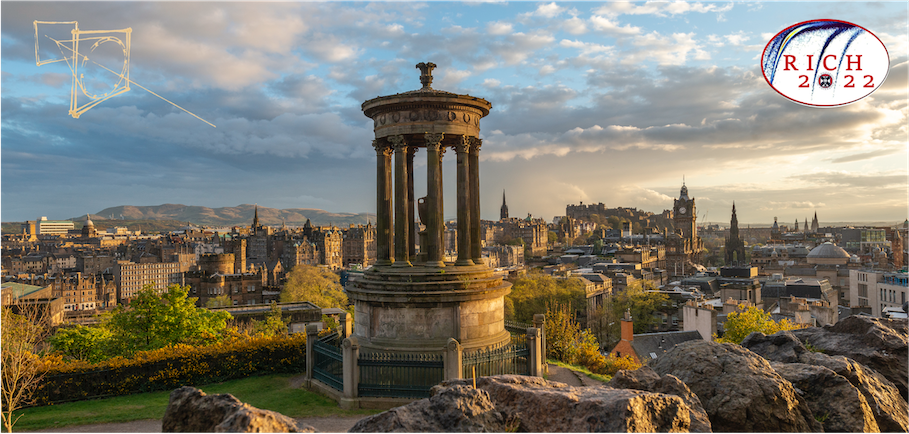Speaker
Description
The IceCube Neutrino Observatory detects GeV-to-PeV+ neutrinos via the Cherenkov light produced by secondary charged particles from neutrino interactions with the South Pole ice. Relying on over 5000 spherical Digital Optical Modules (DOM), each deployed with a single downward-facing photo- multiplier tube (PMT) and arrayed across 86 strings over a cubic-kilometer, IceCube has measured the astrophysical neutrino flux while searching for their origins, as well as constrained neutrino oscillation parameters and cross sections. These were made possible by an in-depth characterization of the glacial ice, which has been refined over time, and novel approaches in reconstructions that utilize fast approximations of Cherenkov yield expectations.
After over a decade of nearly continuous IceCube operation, the next generation of neutrino telescopes at the South Pole are taking shape. The IceCube Upgrade will add seven additional strings in a dense infill configuration. Multi-PMT OMs will be attached to each string, along with improved calibration devices and new sensor prototypes. Its denser OM and string spacing will extend sensitivity to lower neutrino energies and further constrain neutrino oscillation parameters. The calibration goals of the Upgrade will help guide the design and construction of IceCube Gen2, which will increase the effective volume of IceCube by nearly an order of magnitude to probe astrophysical neutrinos at the energies we’ve yet to reach.
